Ashland Wildfire Mitigation Project
Ashland Wildfire Mitigation Project
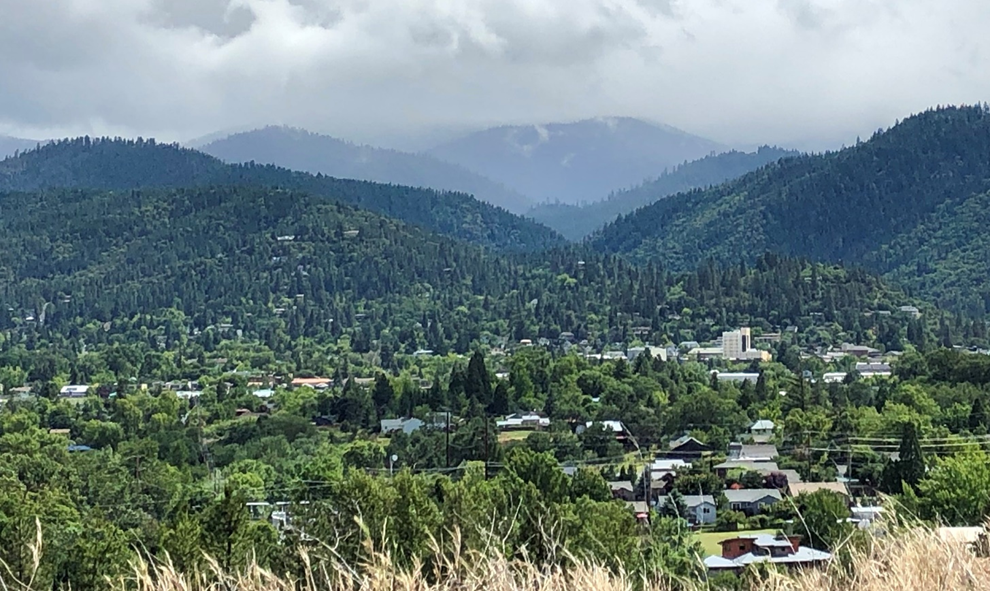
Ashland Fire & Rescue and the City of Ashland were awarded a $3 million Federal Emergency Management Agency (FEMA) grant as a part of its Pre-Disaster Mitigation Grant Program. This grant aims to create wildfire defensible space around 1,100 homes throughout the city. The objective of the Pre-Disaster Mitigation (PDM) program is to reduce overall risk to the population and structures from future hazard events as well as reduce reliance on federal funding from future disasters. Specifically, the purpose of this proposed PDM project is to slow the spread of wildfire within the City of Ashland and reduce the likelihood of wildfire impacts on people and property.
Ashland's setting, history of wildfires, and increasingly long, hot, and dry summers put us at high fire risk each year. In 2018, the entire City of Ashland was designated as a Wildfire Hazard Zone.
PLEASE NOTE:
Due to ongoing efforts to fill staffing vacancies, we are postponing the start of new projects under this grant program until April 2024. We appreciate your patience.
AF&R is actively re-organizing job assignments for existing staff to complete currently active projects that have been affected by the staffing shortage while we work to fill staff positions with qualified personnel and restructure FEMA required processes for improved efficiency. Thank you.
Updated March 13th, 2024
What is Defensible Space?
Defensible space is the buffer you create between a building on your property and the grass, trees, shrubs, or any wildland area that surrounds it.Managing the vegetation around your home plays an important role in reducing the risk of losing your home to wildfire by allowing firefighters to safely defend it in the event of a fire. By managing the vegetation around your property, you can significantly reduce the risk of losing your home
During large wildfire events, with the likelihood of only a limited number of resources being available for home protection in many neighborhoods, defensible space can increase an individual home’s chances of surviving without firefighter intervention.
Home Ignition Zones:
Limiting the amount of flammable vegetation, choosing fire-resistant building materials and construction techniques, along with periodic exterior maintenance in the three home ignition zones – increases the chances that your home will survive a wildfire when exposed to embers and/or a surface fire.- Immediate Zone extends zero to five feet from structures, including the building itself, and should be completely free of combustibles.
- Intermediate Zone begins five feet from your house and extends 30 feet away. The most aggressive clearance is required closest to the structure. “Lean, Clean &Green” limb trees 6ft or 1/3 of height. Create adequate between shrubs.
- Extended Zone lies beyond the home defense zone, extending at least 100 feet from the house or to your property line. Greater defense zone widths may be necessary if your home is on a steep slope or in a windswept exposure. Basic maintenance, removal of dead vegetation
More information on defensible space and HIZ's can be found here: Reducing Wildfire Risk in the Home Ignition Zone
A Defensible Space Treatment Prescription will be applied to each participating property as needed, depending on individual circumstances. Treatment plans may be comprised of the following activities:
- Remove standing dead and dying vegetation, except vegetation that is ecologically beneficial that can be safely reserved.
- Remove all bark mulch, stored wood, and dry leaves and needles that have accumulated within five feet of buildings.
- Remove all vegetation (trees and shrubs) listed on the City’s Prohibited Flammable Plant List within five feet of buildings or decks (except significant trees).
- Existing trees that are also on the city’s Prohibited Flammable Plant List would be maintained so that there is:
- 10-foot horizontal clearance from any chimney outlet
- 10-foot vertical clearance from the furthest extension of all buildings
- At least 10 feet between the outermost limbs between canopies, at mature size
- Prune fire-resistant trees to ensure they do not touch any part of a structure including, but not limited to, roofs, eaves, and decks.
- Separate all existing shrubs on the city’s Prohibited Flammable Plant List by a minimum of two times the shrub’s height.
- Remove all shrubs from underneath the drip line of trees.
- Prune tree limbs to create spacing between understory shrubs and the lowest tree limbs so that the clear space is at least three-times the height of the shrub.
Focus on Flammable spp. (Arbor vitae, juniper, cypress)
Ornamental conifers such as Arborvitae, juniper varieties, cypress varieties, and a few others are extremely flammable trees and shrubs. They contain volatile oils and waxes in their foliage and accumulate dead materials within the plant. Many firefighters refer to these plants as “little green gas cans” that can be easily ignited from burning embers or direct flame contact. When they burn, they generate enough heat to ignite nearby vegetation and your home. Some native southwest Oregon plants such as manzanita, wedge leaf ceanothus, buckbrush and a few others, also fall into this highly flammable plant category. There are many landscaping alternatives to these little green gas cans to use near your home. Combinations of low-growing deciduous shrubs, herbaceous flowers, and ground cover plants are far less likely to generate enough heat to ignite your home or surrounding vegetation.
More information on fire resistant landscapes can be found here: Fire Resistant Plants
Map of Properties with Highest Wildfire Risk
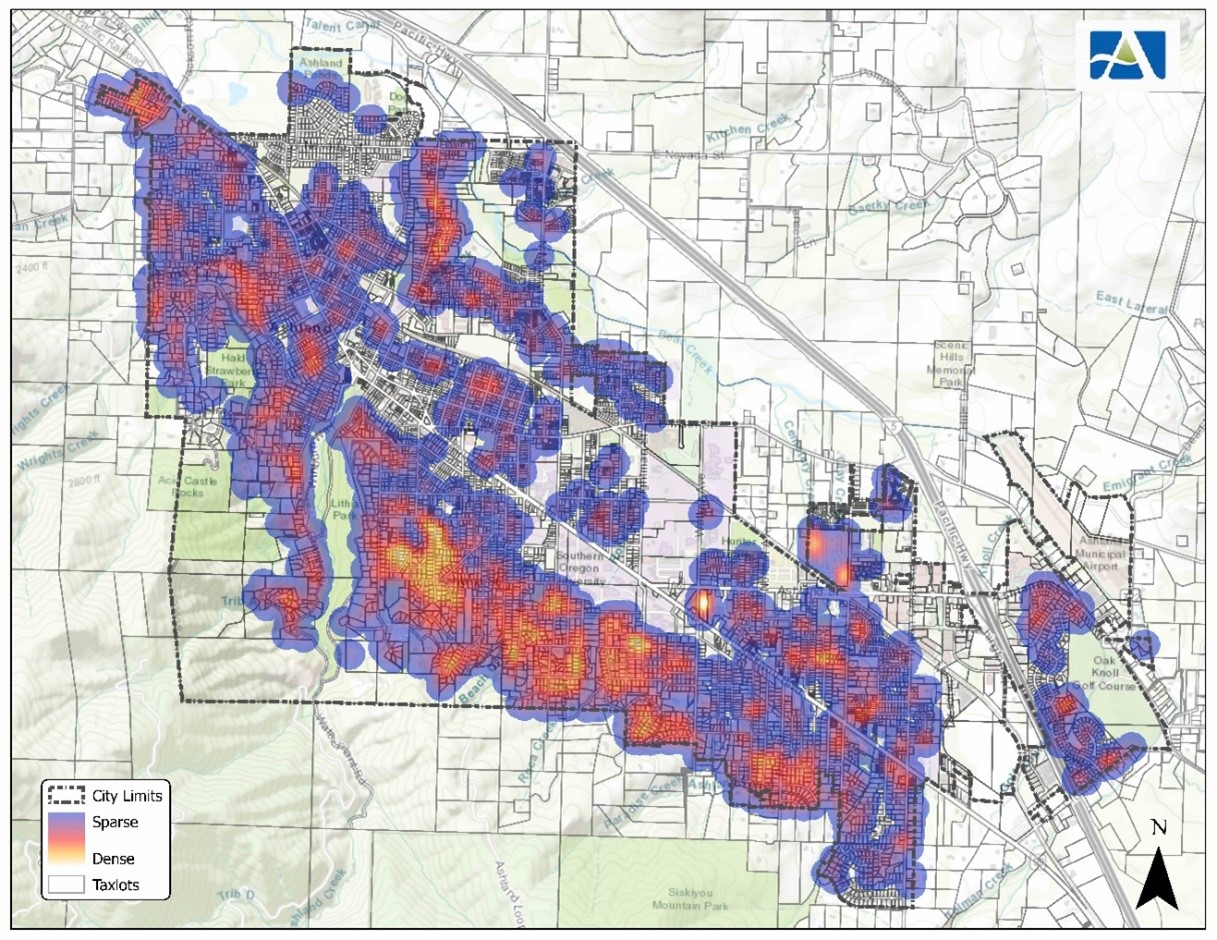
FAQs
-
Who is eligible/Am I on the list of 1100?
-
The highest risk properties have already been identified through a 2018 curbside wildfire risk assessment of every home in the City of Ashland. Residents eligible to participate will be contacted by the Fire Department via a notification letter and should not contact the fire department to ask if they are eligible.
-
-
What types of work is allowed?
-
Defensible space treatments include removing dead vegetation, cutting trees and shrubs, pruning branches to remove ladder fuels that allow fires to climb up into trees, and cleanup of bark mulch, leaves, and needles from the ground. Work would be done within approximately 100 feet of each participating structure. This work may be completed by a contractor of your choosing or through your own labor.
-
-
What type of work is ineligible for reimbursement?
-
The following activities are ineligible for reimbursement:
-
Removal of deciduous trees or any living tree over 12” in diameter
-
Replacement plants or landscaping
-
Purchase or use of irrigation systems
-
Burning of any kind
-
Mowing or gutter cleaning
-
-
-
How much money is available to homeowners?
-
The FEMA PDM Grant program funds 75 percent of the cost of the proposed action and the remaining 25 percent of costs would come from homeowner contributions. Each eligible property can receive up to a maximum of $2,150.00 in reimbursement costs. Work can be completed by a contractor of your choosing or through your own labor.
-
-
Can I have work done if I’m not in the top 1100?
-
If some property owners in the “highest fire risk” group don’t participate in the program, then property owners in the “high fire risk” and “moderate risk” categories will be approached as funding becomes available.
-
“Defensible space and a healthy forest are not mutually exclusive.”
Before & After Photos of work projects
| BEFORE | AFTER | |
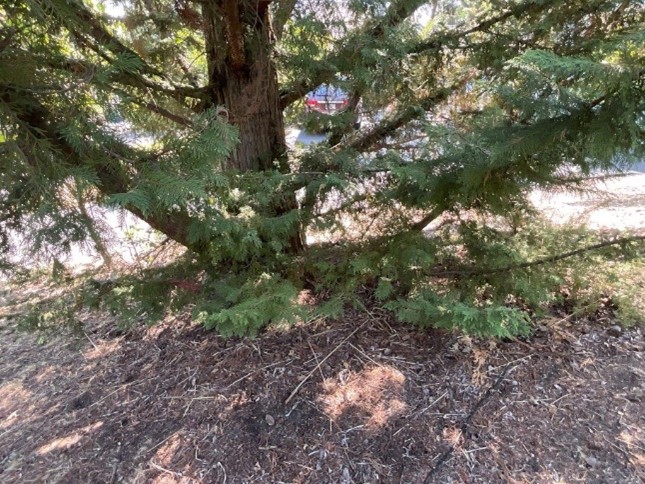 |
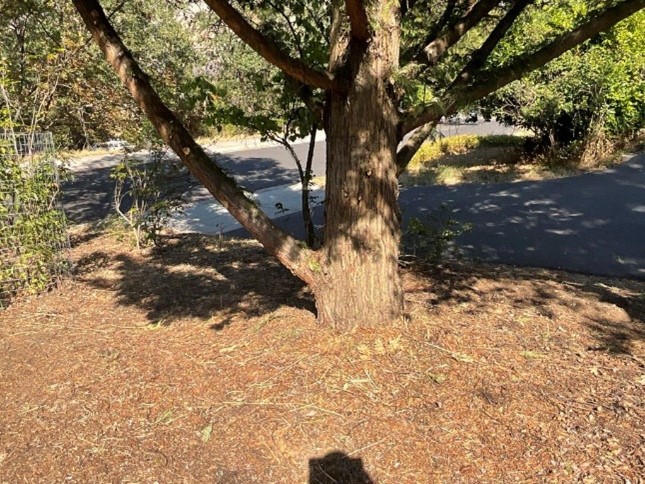 |
|
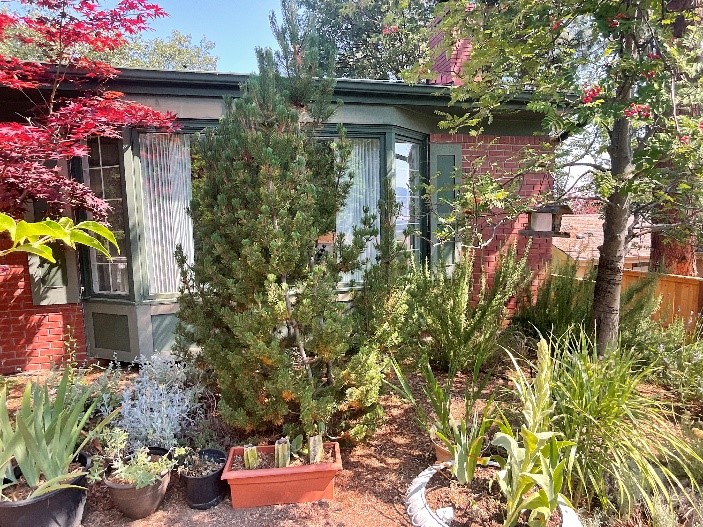 |
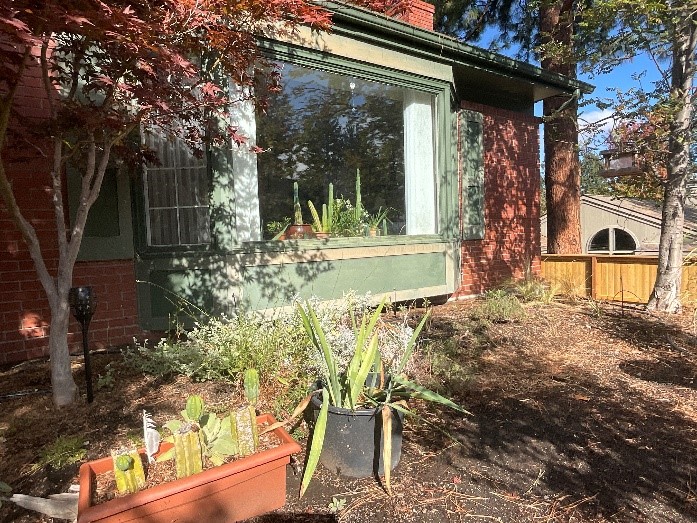 |
|
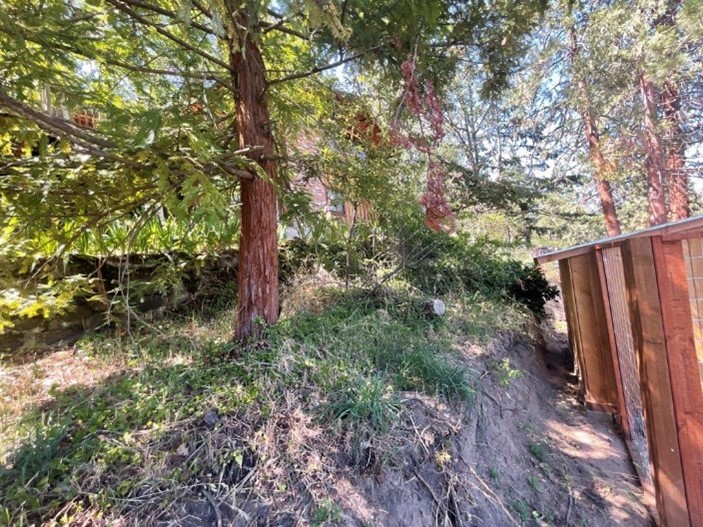 |
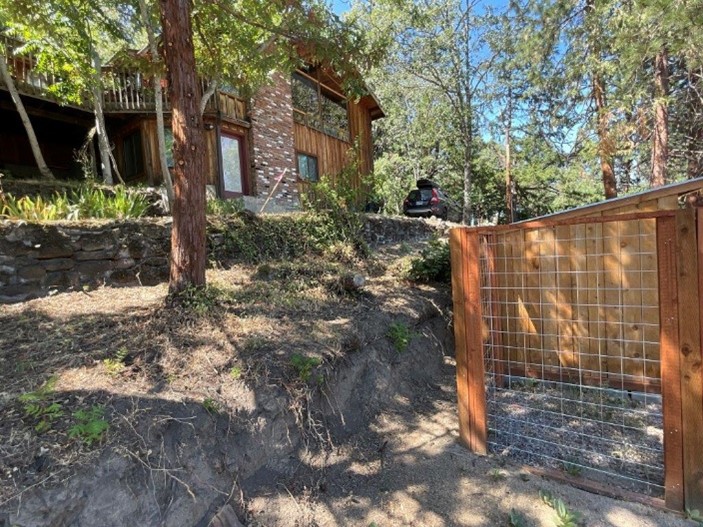 |
|
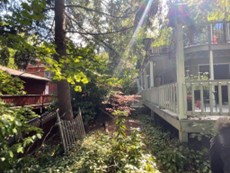 |
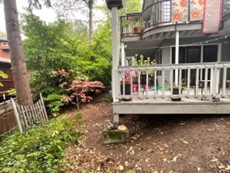 |
|
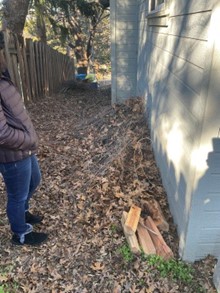 |
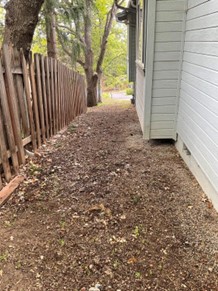 |
|
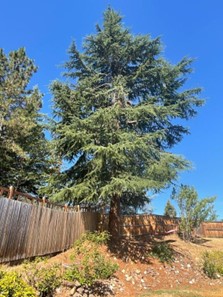 |
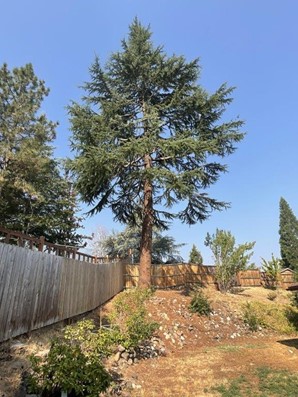 |
|
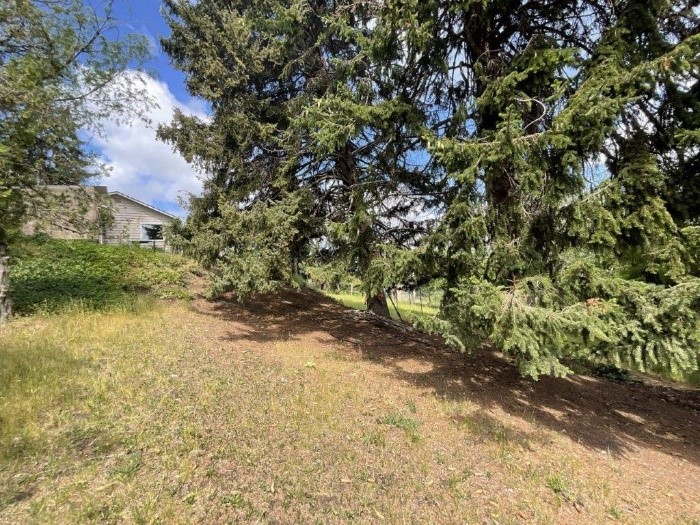 |
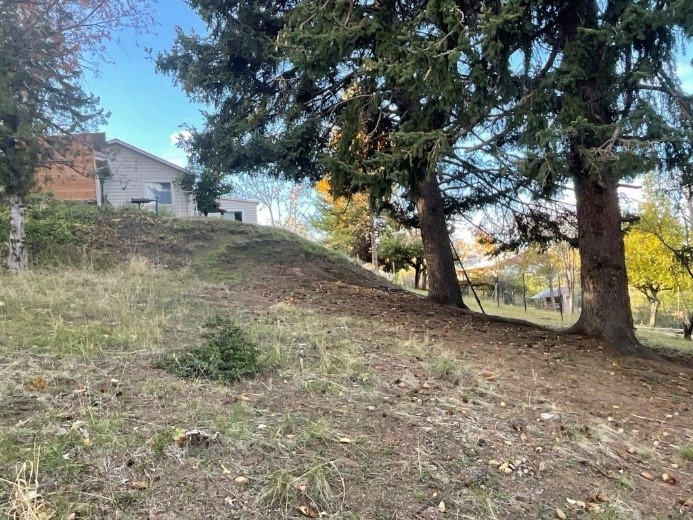 |
|
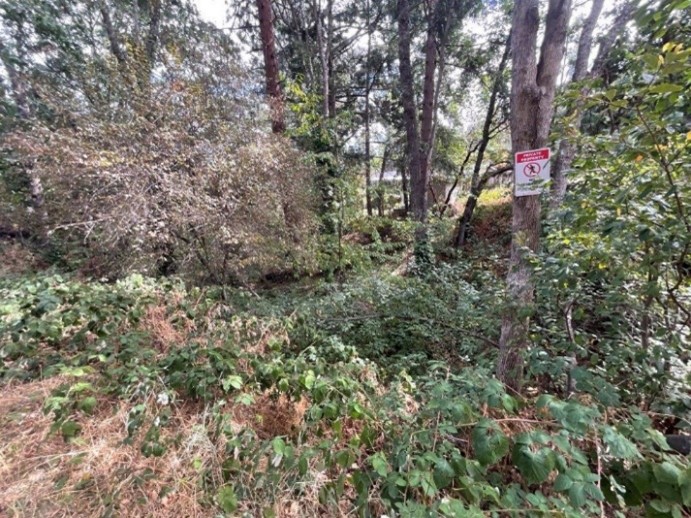 |
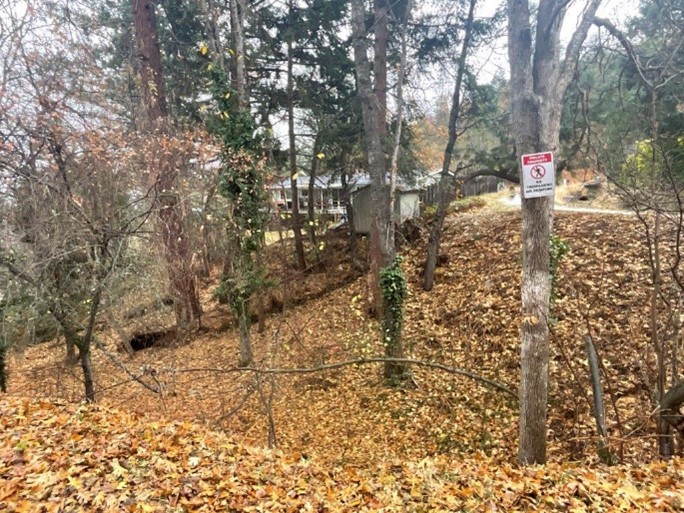 |
|
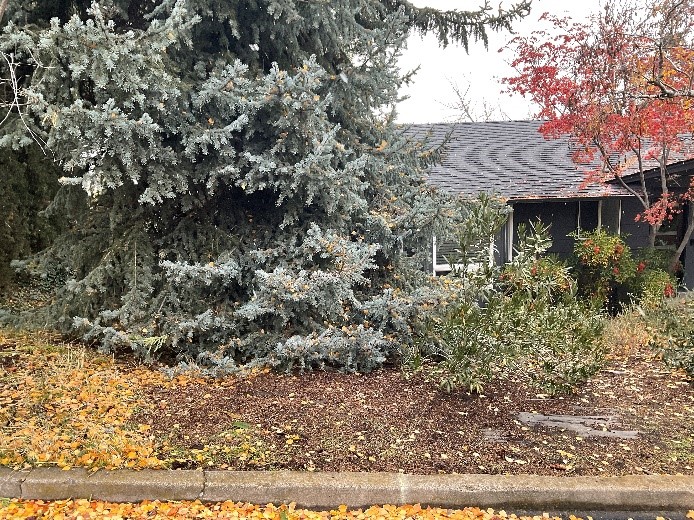 |
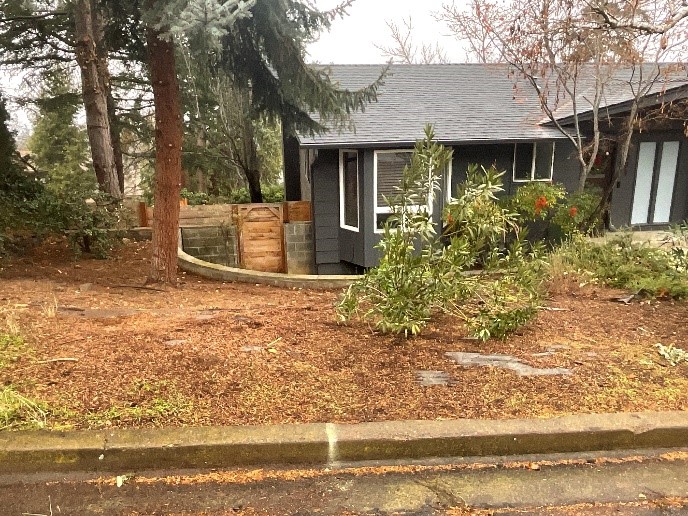 |
©2024 - Fire Adapted Ashland - All Rights Reserved | Site Handcrafted in Ashland, Oregon by Project A